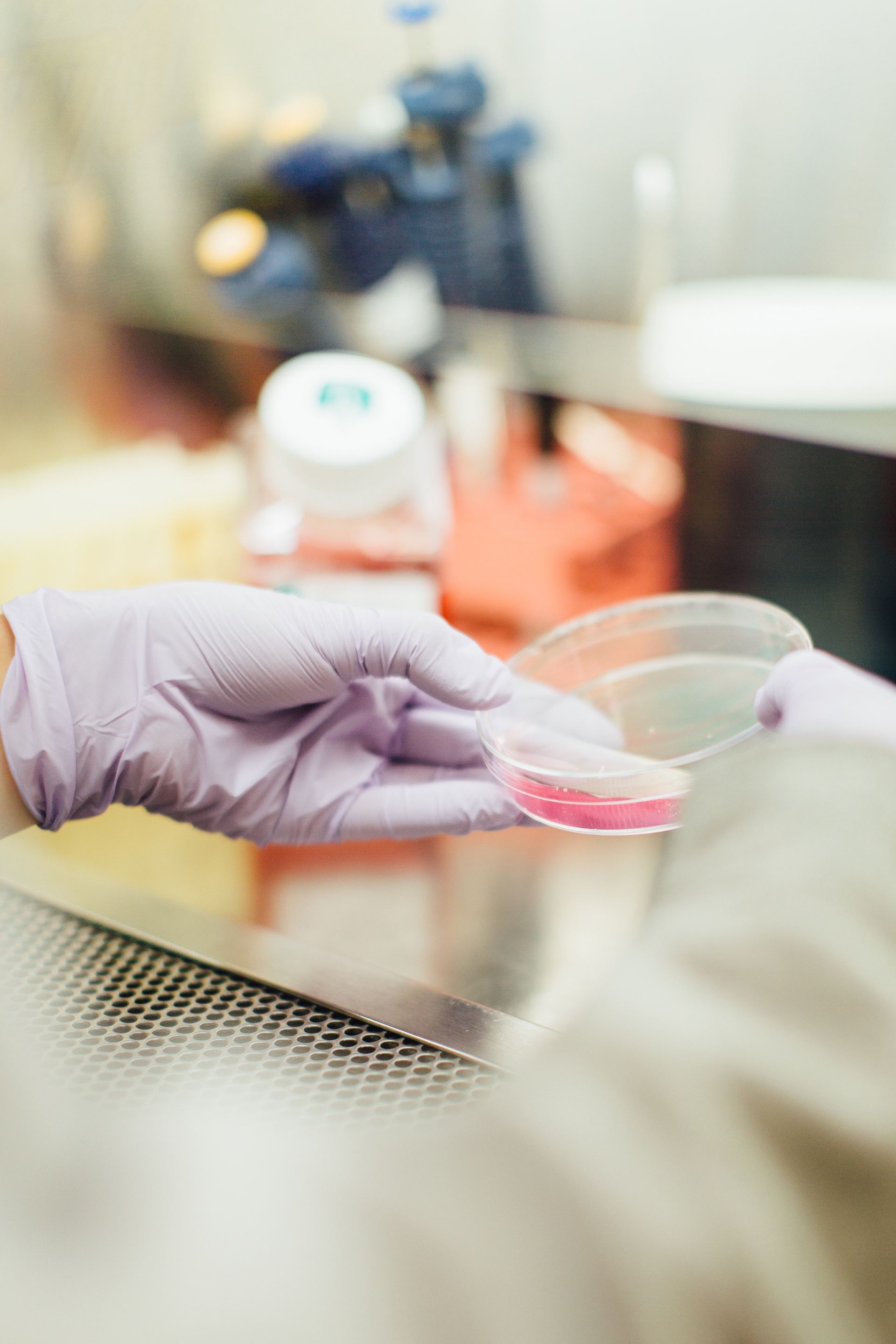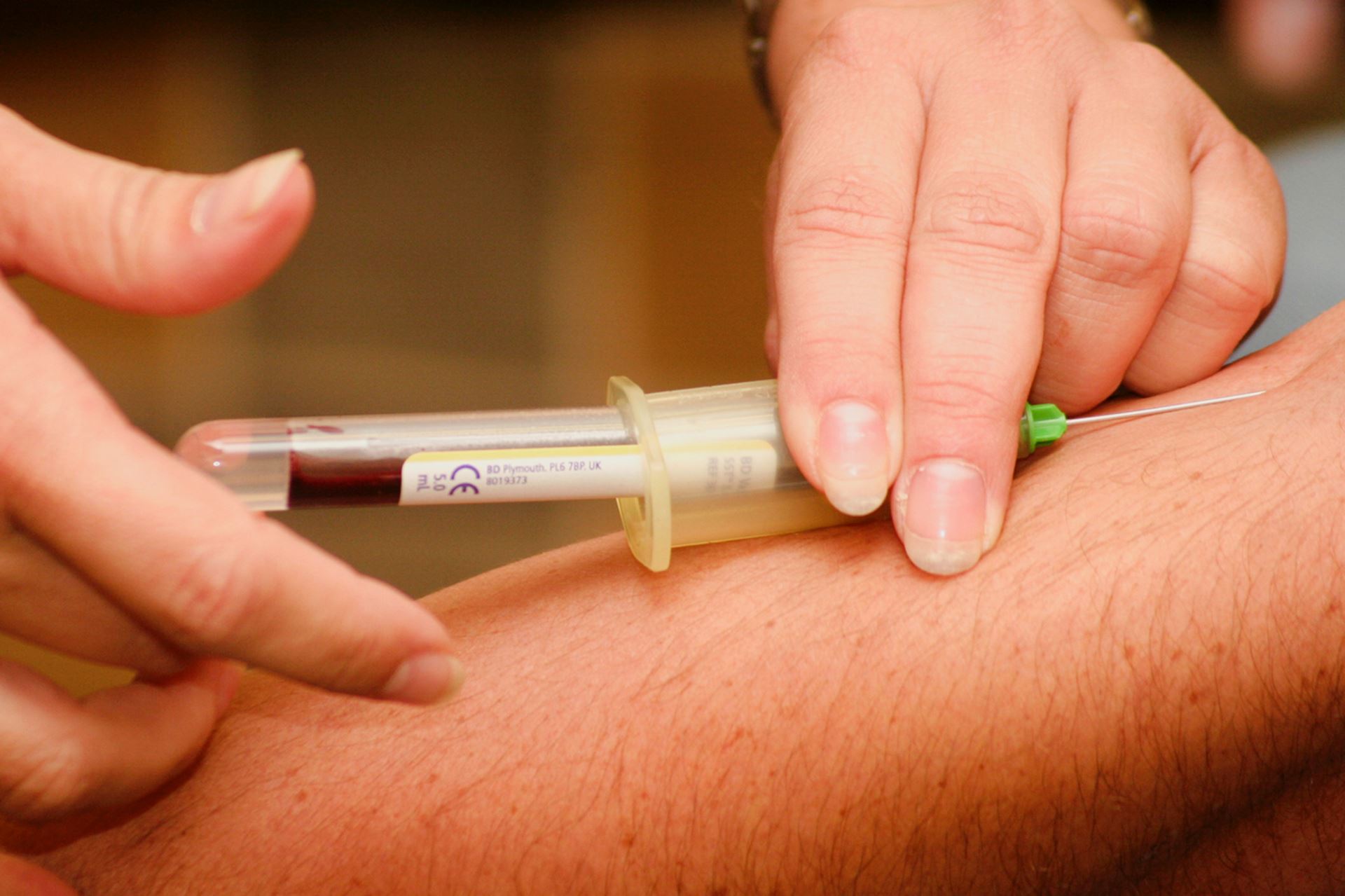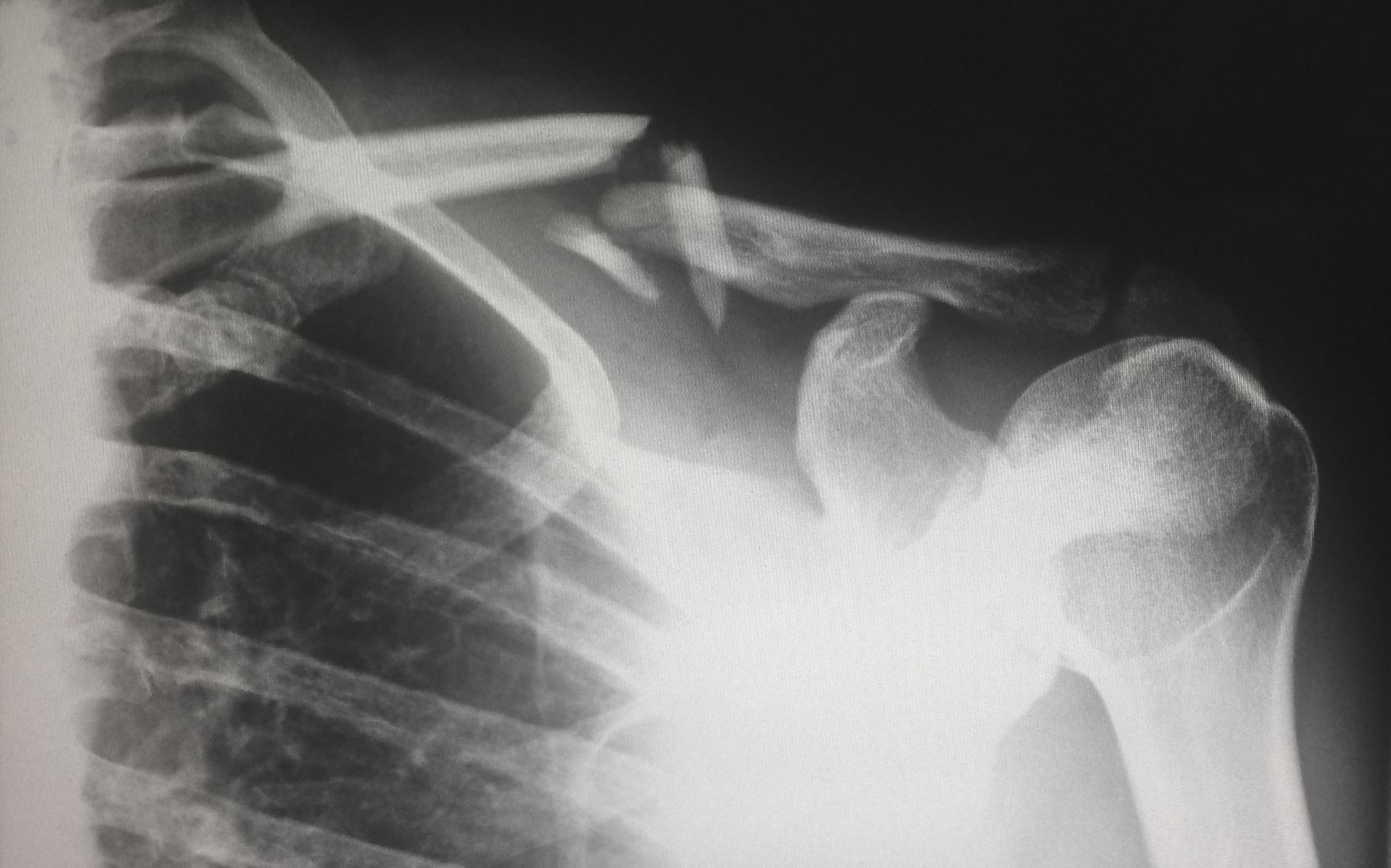Test Results
Results Of Tests And Investigations
If your doctor wishes to see you as a result of a test or X-ray we will contact you by phone or letter to arrange the appointment.
Routine blood and urine tests take about a week to be sent to the surgery, X-rays take at least two weeks and cervical smears up to six weeks. Some investigations, such as MRI/CT scans can take up to 6 weeks.
Please note: There is no point in contacting the surgery any sooner than this after your test as we will not yet have the information.
Please contact us after 2 pm for test results, so that we have time to investigate the information you require.
We do have a strict policy regarding confidentiality and data protection. In this respect we will only give out results to the person they relate to unless that person has given prior permission for their release or if they are not capable of understanding them.
All specimens for testing must be brought to the surgery before 12:30. Please ensure your name and date of birth are written clearly on the specimen bottle.

Blood Tests
A blood test is when a sample of blood is taken for testing in a laboratory. Blood tests have a wide range of uses and are one of the most common types of medical test. For example, a blood test can be used to:
- assess your general state of health
- confirm the presence of a bacterial or viral infection
- see how well certain organs, such as the liver and kidneys, are functioning
A blood test usually involves the phlebotomist taking a blood sample from a blood vessel in your arm and the usual place for a sample is the inside of the elbow or wrist, where the veins are relatively close to the surface. Blood samples from children are most commonly taken from the back of the hand. The childs hand will be anaesthetised (numbed) with a special cream before the sample is taken.
You can find out more about blood tests, their purpose and the way they are performed on the NHS Choices website


X-Rays
An X-ray is a widely used diagnostic test to examine the inside of the body. X-rays are a very effective way of detecting problems with bones, such as fractures. They can also often identify problems with soft tissue, such as pneumonia or breast cancer.
If you have an X-ray, you will be asked to lie on a table or stand against a surface so that the part of your body being X-rayed is between the X-ray tube and the photographic plate.
An X-ray is usually carried out by a radiographer, a healthcare professional who specialises in using imaging technology, such as X-rays and ultrasound scanners.
You can find out more about X-ray tests, how they are performed, their function and the risks by visiting the NHS Choices website.
Page created: 21 August 2019